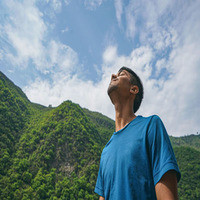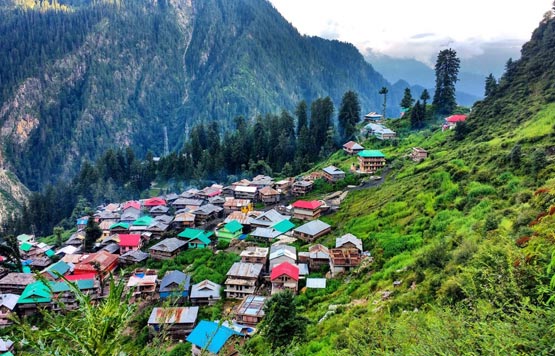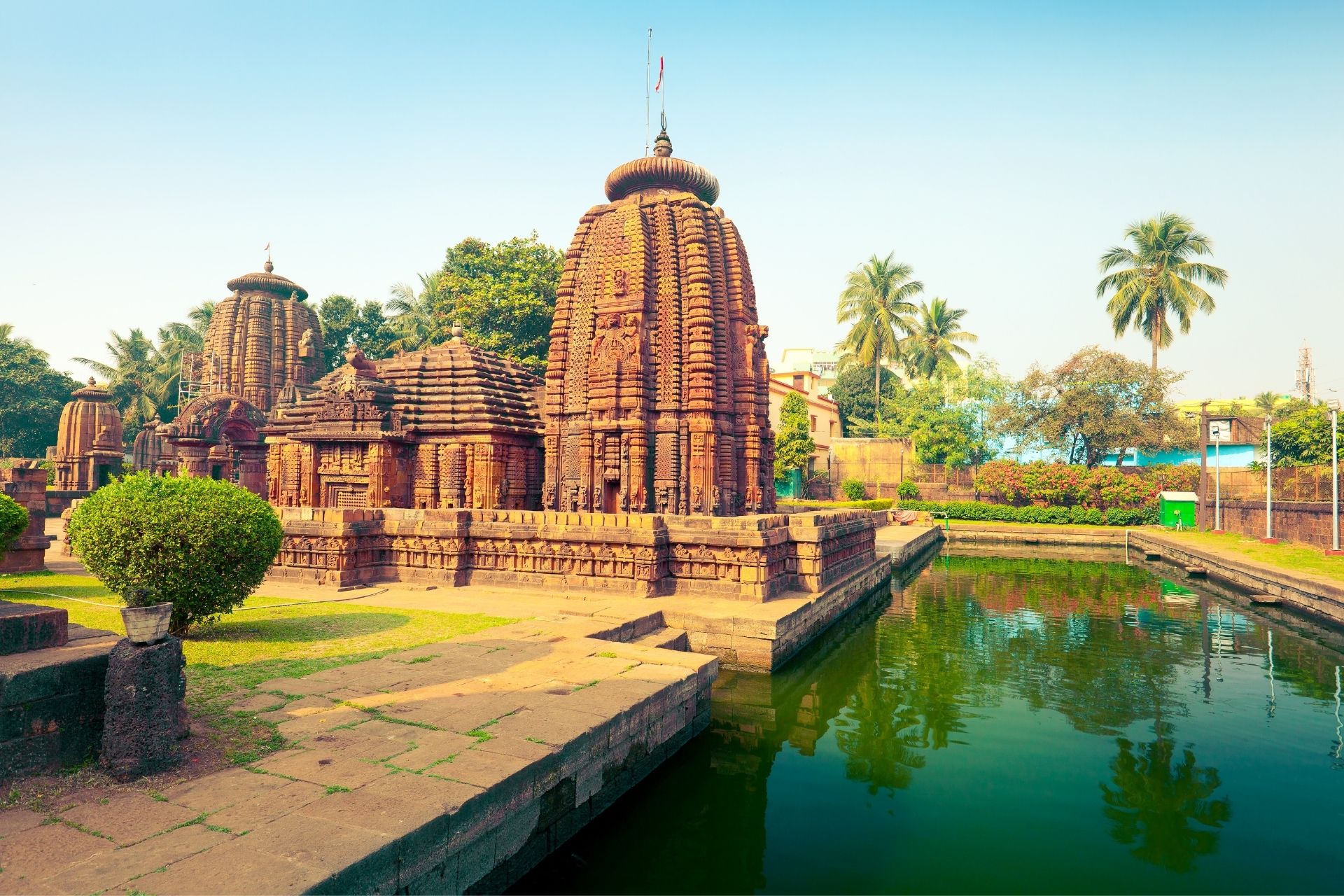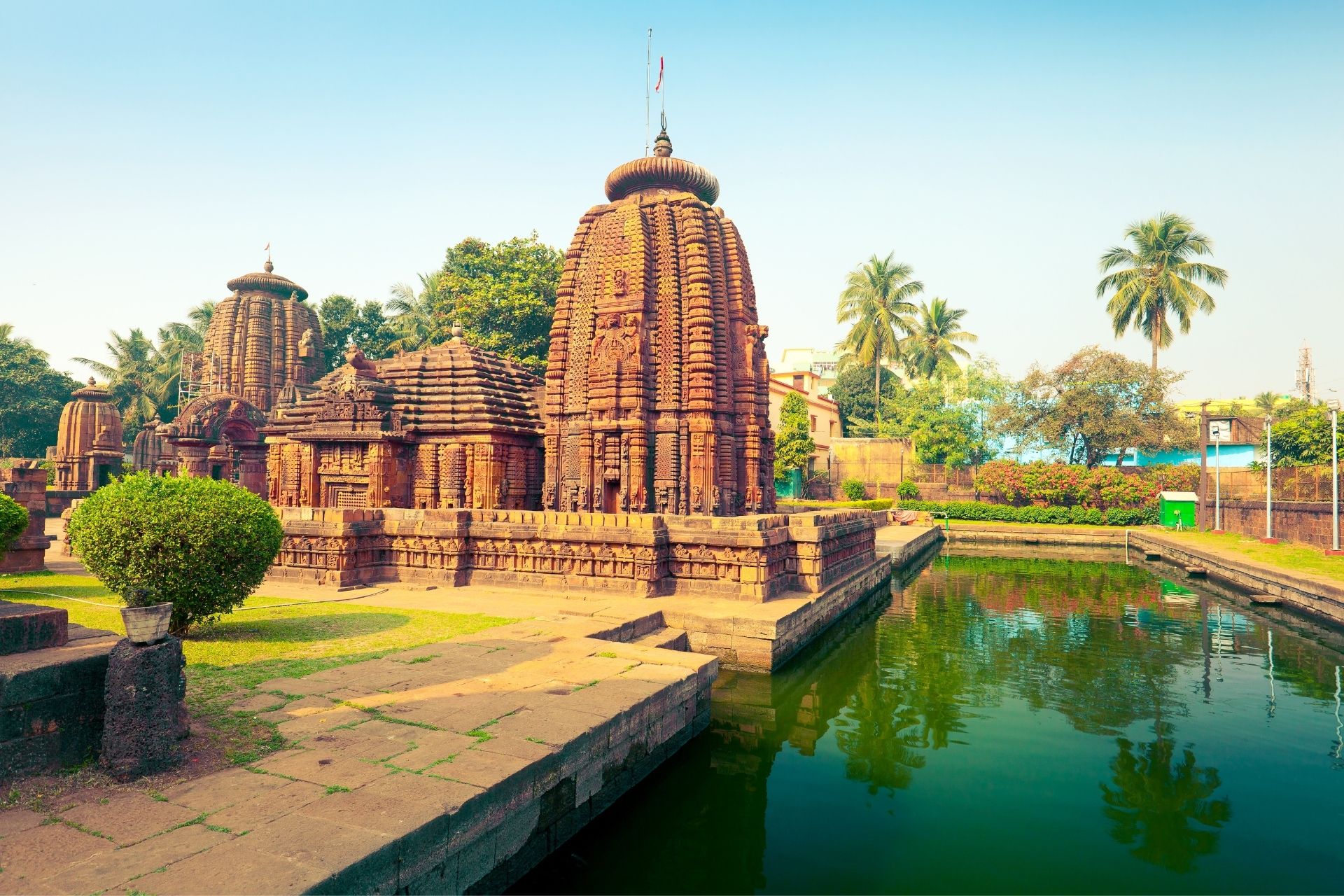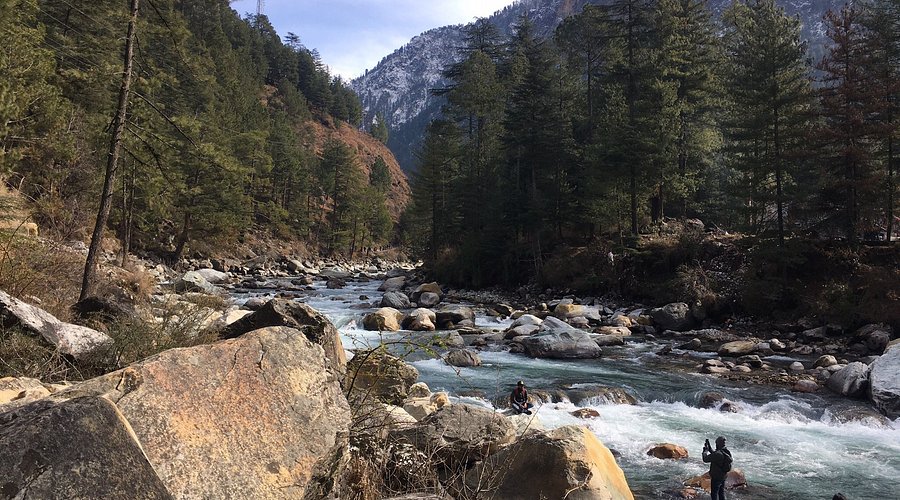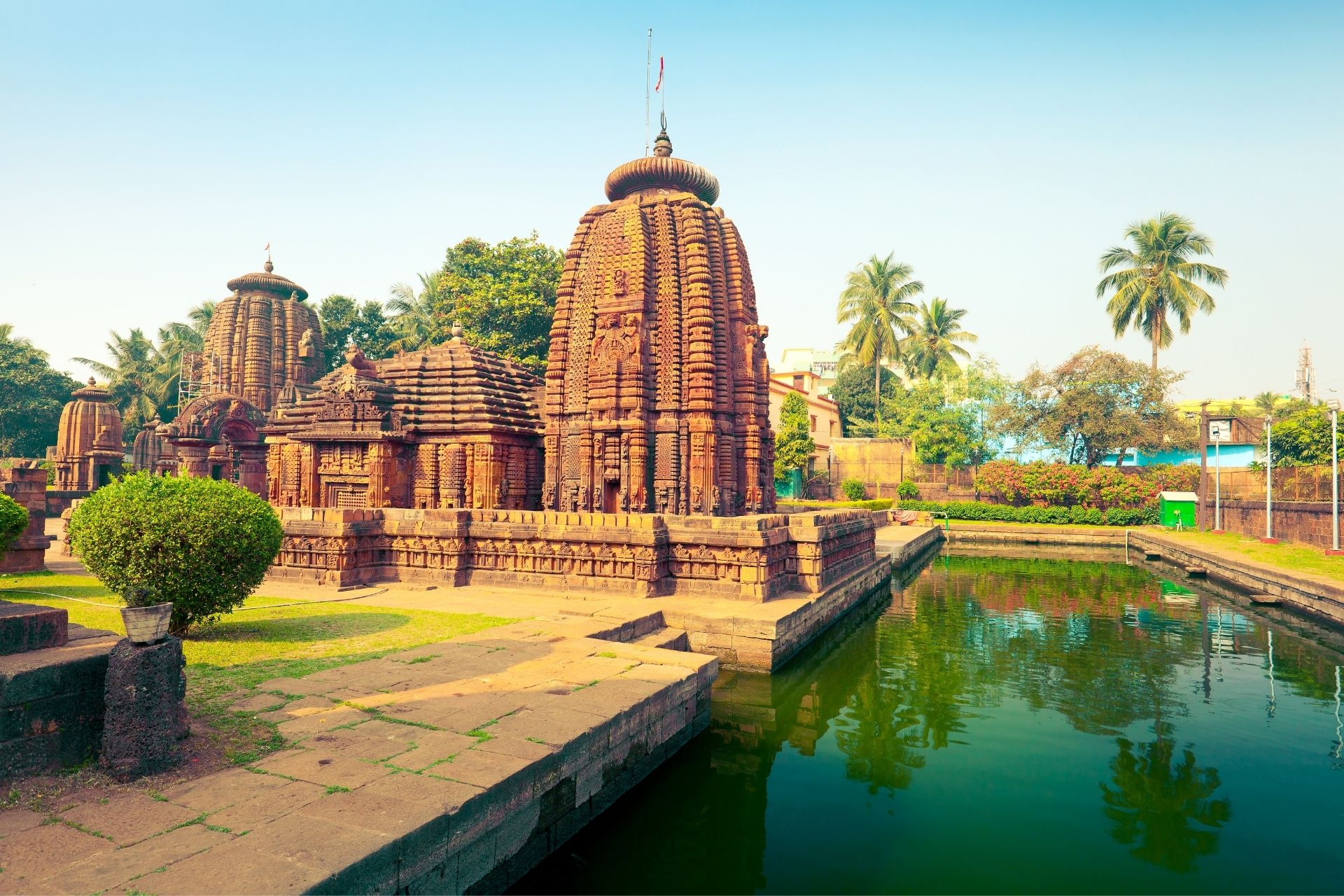Nepal Tourism: A Journey of Discovery and Adventure
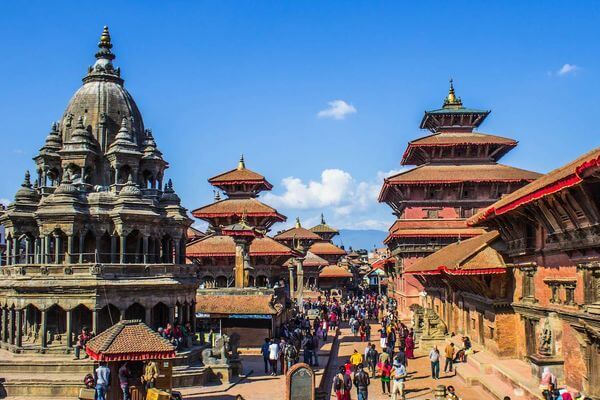
Strong8k brings an ultra-HD IPTV experience to your living room and your pocket.
The Himalayas and Indian plains are what define the country of Nepal, which enchants travelers with majestic landscapes, a rich cultural heritage, and a spiritual essence. Famous for being the birthplace of Lord Buddha and home to Mount Everest, Nepal offers an experience that includes adventure, history, and religion, attracting millions of tourists each year. With its enchanting temples, monasteries, trekking trails, and serene beauty, Nepal is a must-visit destination for anyone looking to explore the heart of the Himalayas.
In this comprehensive Nepal travel guide, we’ll explore the key aspects of Nepal tourism, including what makes it a standout destination, popular tourist attractions, travel tips, and why Nepal tourism from India has gained immense popularity.
Why Visit Nepal?
Nepal is a land of varieties, catering to every style of traveler. Seeking adventure, spiritual enlightenment, or an excellent retreat, Nepal ensures a fulfilling experience for all. Here are some reasons why Nepal should be one of your top destinations:
The Himalayas: Home to the world's highest peaks, including Mount Everest and Annapurna, Nepal is the ultimate destination for trekkers, mountaineers, and nature lovers. The rugged terrain offers trekking routes of all levels, including the world-renowned Everest Base Camp Trek, Annapurna Circuit, and Langtang Valley Trek.
Cultural and Spiritual Importance: Nepal is a spiritual state. Since the country is steeped in culture with Buddhism and Hinduism forming the core part of the country's culture, tourist destinations include sites like Lumbini, Pashupatinath Temple, and the Swayambhunath Stupa known as the Monkey Temple, which gives information about the cultural and spiritual roots of Nepal.
Wildlife and Nature: Nepal is home to some of the most diverse ecosystems, from the subtropical plains of the Terai region to the high-altitude forests and alpine meadows. Chitwan National Park and Bardia National Park are UNESCO-listed wildlife sanctuaries that offer thrilling safaris, with the chance to spot animals like the Bengal tiger, one-horned rhinoceros, and various bird species.
Vibrant Cities and Towns Kathmandu the capital city a busy metropolis, temples and palaces intermingle, along with an old marketplace at every step and then Pokhara a Lakeside town as tranquil as beautiful. Bhaktapur and Lalitpur with preserved architecture have given Nepal medieval times in some sense through its ancient customs.
Adventure Sports: Nepal is an adventure haven. From white-water rafting to paragliding in Pokhara, mountain biking across the hilly terrains, there's nothing that will keep the adrenaline rush at bay for adventure-seekers.
Cost-Effective Travel: As compared to other countries around the world, Nepal is relatively affordable. Budget travelers can explore this country without breaking a bank because accommodations, food, and transport are all reasonably priced.
Nepal Tourism from India: The new trend
Being geographically close and having common cultural relations, Nepal has been a favourite tourist destination for Indian travelers. The tourism of Nepal from India is booming with its easy accessibility, low cost travel, and attraction of visiting a country that has many similar traditions and values in it.
Why Nepal is the Preferred Destination for Indian Travelers
Proximity: Nepal has a long border with India, and therefore, is a very easy destination for the Indian tourist. The major cities like Kathmandu are a few hours' journey by air, and there are several land border crossings between India and Nepal, such as Sunauli, Raxaul, and Birgunj. This way, the tourists have an option of flying or traveling by road.
Spiritual significance: Nepal has strong spiritual values to the Indians. More so to those who have beliefs in Hinduism and Buddhism. Pilgrimage to places such as Pashupatinath, Muktinath, and Lumbini makes most Indians travel to Nepal. The birth place of Lord Buddha in Lumbini draws thousands of devotees from all over the world every year.
Cultural and Linguistic Familiarity: Nepal and India share many cultural similarities, especially in food, festivals, and lifestyle. Nepali is closely related to Hindi, making communication relatively easy for Indians. Shared festivals like Dashain and Tihar make Nepal feel like a home away from home, creating a sense of familiarity and comfort.
Adventure Opportunities: Trekking and mountaineering in the Himalayas, an adventure of a lifetime, attracts many Indian travelers to Nepal. Some of the popular treks, like the Everest Base Camp Trek and the Annapurna Circuit, have drawn Indian adventure enthusiasts who want to explore the world's highest mountain range.
Affordable Travel: To an Indian citizen, Nepal has been the best cost-effective place to visit for years. Its accommodation, food, and modes of transportations are inexpensive for any visitor given the great and favorable exchange rates.
Visa and Travel Ease: The Indian nationals are not required to have a visa to visit Nepal, which is one of the easiest ways of traveling. An Indian tourist can travel to Nepal with his or her passport or national ID cards, which makes traveling hassle-free for citizens to see the country.
Best Time to Visit Nepal
The best time to visit Nepal depends on the kind of experience you are looking for. Autumn (September to November) is generally considered the best season for trekking and sightseeing, as the weather is pleasant and clear, with stunning views of the mountains.
The other ideal season to trek is in the spring season, from March to May, with mild temperatures and full-blooming rhododendron forests. For cultural exploration or spiritual tours, winter (December to February) can also be a good time to experience Nepal's festivals and quiet ambiance, though temperatures in the mountains are freezing.
Top Tourist Attractions in Nepal
Kathmandu Valley: Kathmandu is home to several UNESCO World Heritage Sites, including Pashupatinath Temple, Boudhanath Stupa, and Durbar Square. This city has significant historical importance and an energetic culture that makes it a must-visit place.
Pokhara: It is a quiet town by the lakeside, and the Annapurna Range surrounds it. Phewa Lake, Sarangkot for panoramic views, and paragliding and boating are some adventure activities.
Lumbini: Lumbini is an important place for Buddhists for pilgrimage as well as peaceful place for meditation and reflection in regard to birth place of Lord Buddha.
Chitwan National Park: It is a national park that comes under the world's list, and its famous wildlife safari. The chances to view rhinos, tigers, and elephants have been availed here through the canoe rides of Rapti River.
Everest Region: For trekkers, the Everest Base Camp Trek is an adventure that will change their lives. The region has breathtaking views of Mount Everest, the world's highest peak, and a visit to Tengboche Monastery and Sherpa villages.
Annapurna Circuit: This is one of the world's most popular trekking routes. The Annapurna Circuit has breathtaking views, charming villages, and diverse landscapes.
Bhaktapur and Patan: These ancient towns in the Kathmandu Valley are well-known for their architecture, temples, and other ancient monuments that are still intact. The Bhaktapur Durbar Square is a UNESCO World Heritage Site, an ideal place to plunge yourself into Nepalese culture.
Visa and Travel Requirements: Indian travelers do not need a visa to enter Nepal. They must, however, carry a valid passport or national ID card. For other nationals, the visa can be obtained upon arrival.
Currency: The official currency of Nepal is the Nepalese Rupee (NPR). Currency exchange is easy, and most major hotels, shops, and restaurants accept cards. It is always advisable to carry some local currency for smaller purchases.
Language: Nepali is the official language, but most locals understand English, particularly in the cities and other popular tourist places. Hindi is also widely used, especially among Indians visiting Nepal.
Health and Safety: It is advised to drink bottled water, as the tap water is not potable in Nepal. Carry basic medicines and consult a doctor before travelling to rural areas. Travel insurance is a good idea, especially if you are planning to trek.
Cultural Etiquette: Nepali culture is rooted in Buddhism and Hinduism, and visitors must respect local customs. It is customary to remove shoes before entering temples, and when interacting with locals, it is polite to use the traditional Namaste greeting with folded hands.
Conclusion
Nepal is a land of immense natural beauty, cultural richness, and spiritual tranquility. Whether you have a call from the Himalayas, the sanctity of ancient temples, or the thrill of a wildlife safari, Nepal caters to every travel need. It is now the easiest, affordable, and more varied tourism to India. For an adventure, a spiritual journey, or a relaxing break, Nepal offers a journey that will leave your heart lingering in its heart.
Note: IndiBlogHub features both user-submitted and editorial content. We do not verify third-party contributions. Read our Disclaimer and Privacy Policyfor details.

